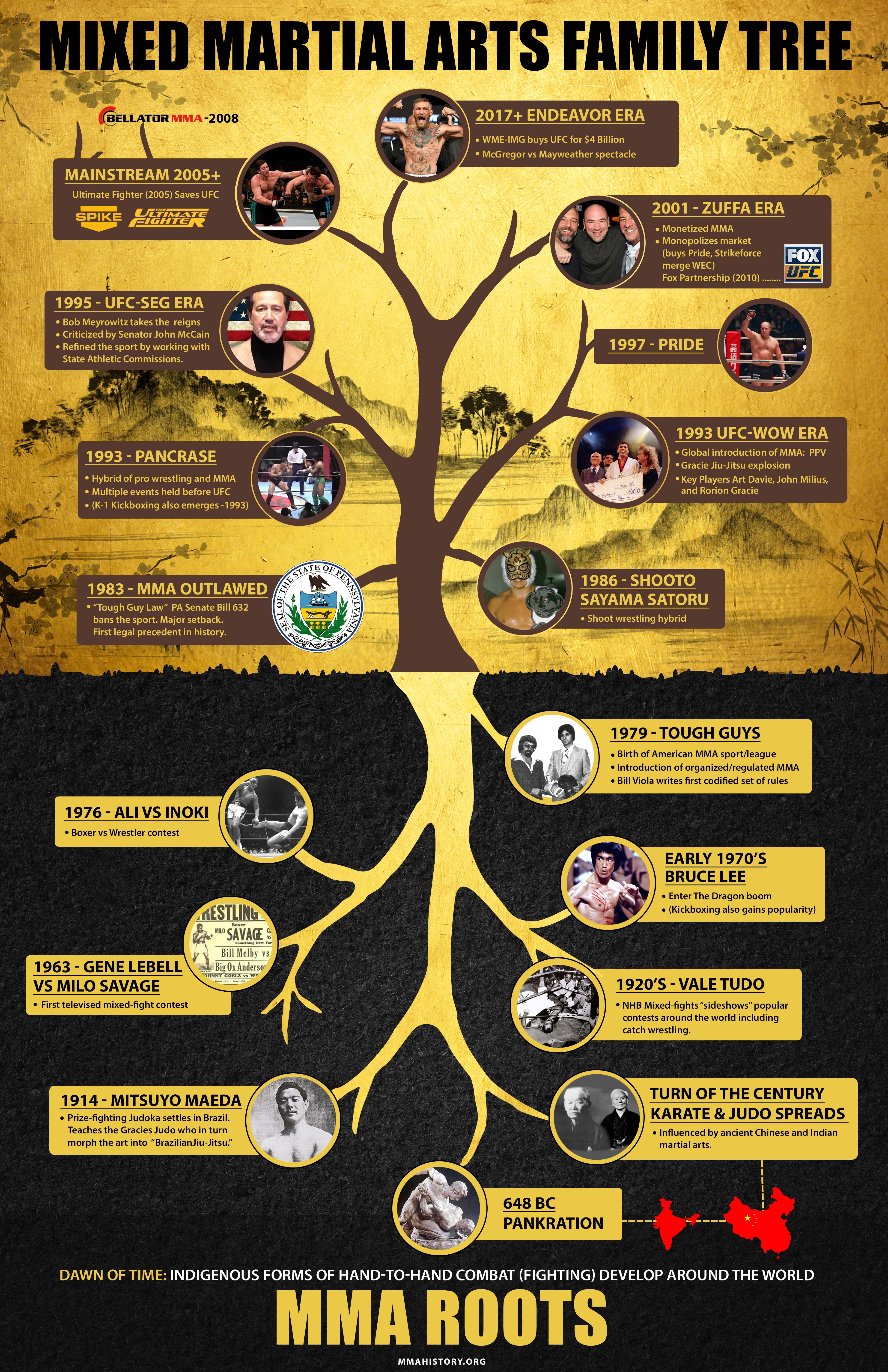Secret Distinctions Between Typical Martial Arts And Modern Battle Sports: An In-Depth Analysis
Secret Distinctions Between Typical Martial Arts And Modern Battle Sports: An In-Depth Analysis
Blog Article
Content Written By-Sherman Sexton
When you think about martial arts, do you lean more toward the conventional techniques or the contemporary fight sports? Each course offers one-of-a-kind benefits and experiences, shaped by their philosophies and training methods. Typical martial arts highlight individual growth and self-control, while modern-day combat sports focus on competitors and efficiency. Comprehending these differences can lead you in selecting the best method for your journey. Yet exactly how do these differences show up in training and ideology?
The Philosophy and History Behind Typical Martial arts
While many people associate martial arts with physical fight, the viewpoint and history behind traditional martial arts run much deeper. You'll locate that these disciplines emphasize personal development, discipline, and respect.
Originating from old methods, traditional martial arts were often developed for Self-Defense and spiritual advancement. They embody principles such as equilibrium, harmony, and self-discipline, leading practitioners past plain combating skills.
As you train, you'll not just discover strategies but also acquire insights right into the society and worths that shaped these arts. The rituals and practices, typically passed down with generations, foster a sense of neighborhood and belonging.
The Affordable Nature of Modern Battle Sports
Modern battle sporting activities have actually transformed the landscape of martial arts into a very competitive field, where professional athletes challenge in a test of ability, strategy, and endurance.
You'll notice that competitors are frequently organized with stringent guidelines and guidelines, ensuring fair game and safety. These occasions attract large target markets, sustaining the enjoyment and strength of matches.
Athletes train rigorously, not just for physical expertise but also for mental sturdiness, understanding that every detail counts in the ring. The adrenaline thrill throughout competitors is palpable, as boxers press their limits to assert victory.
Followers appreciate the athleticism and creativity included, making modern-day battle sporting activities a thrilling phenomenon that remains to evolve and mesmerize enthusiasts around the globe.
Training Methods and Strategies: A Comparative Analysis
The competitive environment of contemporary combat sporting activities needs innovative training techniques that differ dramatically from traditional martial arts.
In modern-day training, you'll concentrate on particular methods, competing, and conditioning, typically utilizing drills that simulate genuine battle situations. You'll see a focus on measurable efficiency and constant competitors to evaluate your skills.
On the other hand, conventional martial arts prioritize types, katas, and philosophical teachings, often highlighting discipline and respect over competitors.
Training is generally much less extreme and might include recurring technique as opposed to real-time sparring.
While both strategies build ability and fitness, modern combat sporting activities give a more vibrant and adaptable training setting, preparing you for immediate obstacles in the ring or cage.
Choose the path that aligns with your objectives and interests.
Conclusion
In choosing between traditional martial arts and modern-day fight sporting activities, it really comes down to what you value many. If martial arts to practice at home seeking individual growth, self-control, and a sense of area, typical arts might be your ideal fit. Yet if https://fordhamram.com/2023/04/07/best-online-self-defense-classes/ flourish on competition and real-time difficulties, contemporary combat sporting activities could be the means to go. Eventually, both courses use unique advantages, so it's all about straightening your training with your individual objectives and rate of interests.
